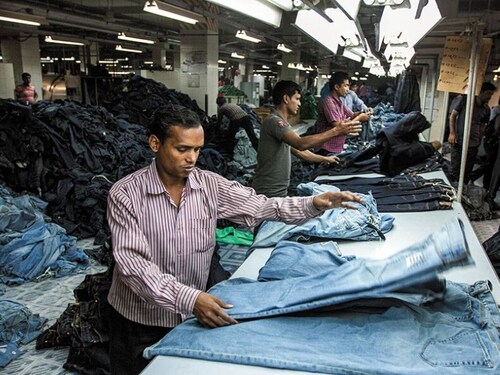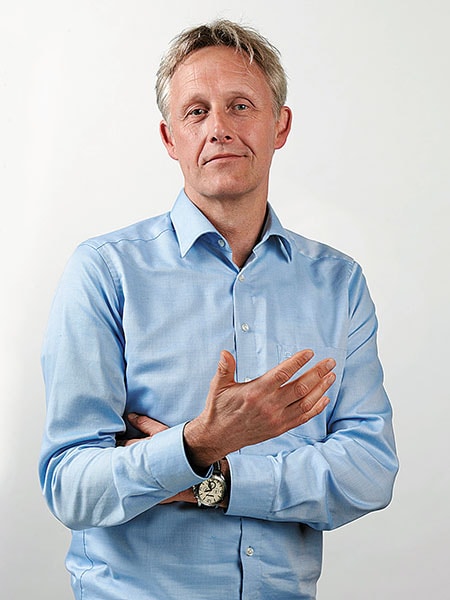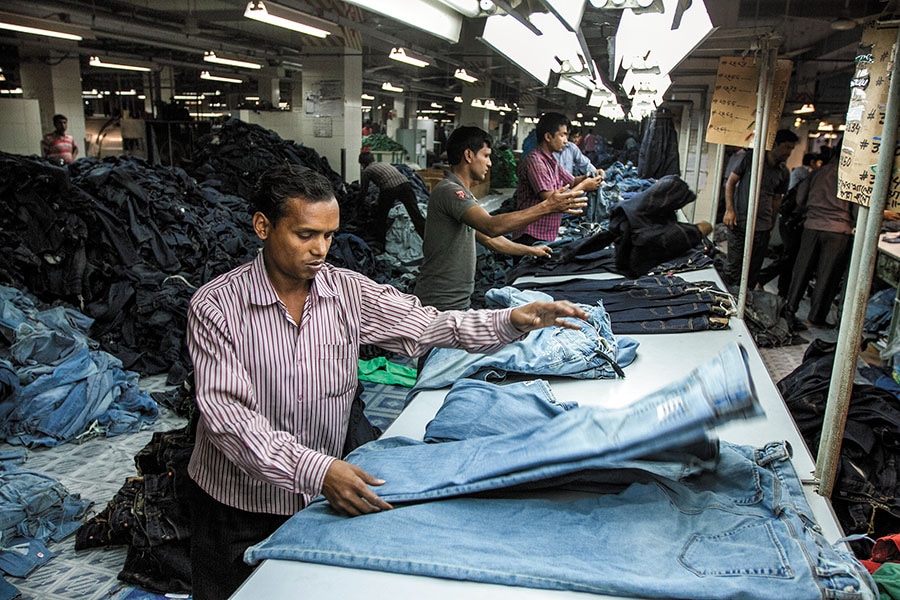How the Good Fashion Fund works: Q&A with director Bob Assenberg
The investment fund focuses on implementing innovative solutions for sustainable fashion, connecting promising technology to industry


 Bob Assenberg, Director, Good Fashion Fund[br] The Good Fashion Fund, initiated by Fashion for Good, is an investment fund that focuses on the implementation of innovative solutions in the fashion industry. The current processes in garment supply chains have severe negative environmental and social impacts. There are sustainable solutions available, but they lack the capital to scale up their technologies within existing supply chains. The Good Fashion Fund addresses this gap by connecting the most promising technologies to the industry to collaboratively tackle its challenges. Bob Assenberg, director of the fund, explains how it works, and what it hopes to achieve. Edited excerpts:
Bob Assenberg, Director, Good Fashion Fund[br] The Good Fashion Fund, initiated by Fashion for Good, is an investment fund that focuses on the implementation of innovative solutions in the fashion industry. The current processes in garment supply chains have severe negative environmental and social impacts. There are sustainable solutions available, but they lack the capital to scale up their technologies within existing supply chains. The Good Fashion Fund addresses this gap by connecting the most promising technologies to the industry to collaboratively tackle its challenges. Bob Assenberg, director of the fund, explains how it works, and what it hopes to achieve. Edited excerpts:
Q. Does the fund focus only on the environmental impact of the fashion industry or on social impact as well?
Social issues are important to us, especially those centred around working conditions and workers’ rights. We are active in India, Bangladesh and Vietnam, all of which are manufacturing hubs in the fashion industry. We do a thorough due diligence on the companies we review, and based on that we create a social and environmental impact plan. We are working with local non-governmental organisations [NGOs] to improve issues related to gender and working conditions as well as the right to speak up. We feel that a lot can be achieved through dialogue between workers, NGOs, the management of companies and the investors.
Q. Are there specific areas of focus in the three countries?
Not necessarily. If you look at the industries across the board, the issues in every country are in general about the need to move towards sustainability and specifically about the usage of water, chemicals and energy (for instance for issues related to waste water, effluents and pollution). Furthermore there are several elements which relate to the social issues and working conditions. The different countries have different government regulations, which we have to work with. But apart from those, there are no other differences in our approach although it has to be said that for each company, a tailor-made approach and financing and action plan will be made. Bangladeshi workers at a garment factory on the outskirts of Dhaka
Bangladeshi workers at a garment factory on the outskirts of Dhaka
Image: Mehedi Hasan/Nurphoto Via Getty Images[br]Q. What kind of investors are you looking for in this fund?
It is a 10-year fund, with a target first close size of $30 million, and a final close of $60 million. The amount of money we invest in each textile manufacturer is between $1 million and $5 million. The fund has a blended finance structure, there are three different categories of investors, depending on their risk appetites, return expectations and their commitment to sustainability. The fund is really a demonstration of the fact that textile manufacturers can become sustainable if they have the capital to invest in suitable technology and processes.
The initial investors in the fund are Laudes Foundation (formerly known as C&A Foundation) from Switzerland and The Mills Fabrica from Hong Kong.
Q. How many manufacturers are you looking to invest in?
If we get the final closing amount of $60 million, we would want to target between 15 and 20 manufacturers, with long-term US dollar debt finance.
Most of the fund focuses on impactful technology and making it accessible to manufacturers. In this respect we are looking at smaller and medium-sized companies that have between $10 million and $100 million in revenues. They have the willingness to become sustainable, but don’t have the financial strength and long-term local funding available to implement the technology.
Additionally, a part of the fund also aims to provide long-term finance to bigger manufacturers to adopt and scale early-stage innovative technologies.
Q. How do you measure impact?
We have a strict E&S framework and work for environmental issues with the Higg-index, a widely accepted and adopted environmental index for the apparel industry. As part of due diligence, jointly with local experts we assess the various parameters and make a baseline and an action plan going forward. Then, on an annual basis, we look at the savings and improvements of each of those parameters. We look for at least 50 percent improvement compared to baseline for one of the three environmental elements (water, energy and materials). Where social factors are concerned, based on the action plan there will be actions which are reviewed regularly. Any non-compliance with environmental and social issues has impact on the loan and conditions.
First Published: Feb 22, 2020, 08:57
Subscribe Now